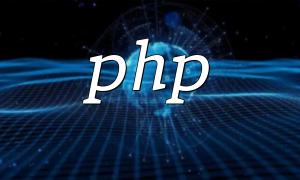In modern web applications, real-time communication has become an essential feature. Whether it's instant messaging, collaborative editing, multiplayer gaming, or live support systems, fast data transmission is key. Traditional polling or long-polling methods often suffer from high latency and resource inefficiency, while the WebSocket protocol revolutionizes this with true real-time capabilities.
WebSocket is a protocol that provides full-duplex communication over a single TCP connection, allowing persistent connections between clients and servers for real-time data exchange. Compared to traditional HTTP communication, WebSocket offers lower latency and higher efficiency, making it ideal for applications that require instant updates.
When a WebSocket connection is established, it starts with an HTTP handshake. Once the handshake is successful, the connection remains open, eliminating the need for repeated requests. Both the client and the server can then send or receive data at any time through this persistent channel, significantly improving performance and responsiveness.
WebSocket uses data frames to transmit messages. Each frame contains essential metadata and the actual data content, ensuring lightweight and efficient communication.
You can easily create a WebSocket server using PHP’s Socket extension. The following example demonstrates a simple implementation:
<?php
$host = 'localhost'; // Server address
$port = 8888; // Listening port
// Create a socket
$socket = socket_create(AF_INET, SOCK_STREAM, SOL_TCP);
// Bind the socket to the specified address and port
socket_bind($socket, $host, $port);
// Start listening for incoming connections
socket_listen($socket);
echo "Server running at {$host}:{$port}\n";
// Wait for a client to connect
$client = socket_accept($socket);
// Receive message from the client
$message = socket_read($client, 1024);
echo "Received message: {$message}\n";
// Send response back to the client
$response = "Hello, this is the server response!";
socket_write($client, $response, strlen($response));
// Close connections
socket_close($client);
socket_close($socket);
?>The above code creates a simple WebSocket server that listens for client connections at a specific address and port. Once a client connects, the server can receive messages, process them, and send back responses — achieving real-time, bidirectional communication.
WebSocket provides PHP developers with a powerful way to build real-time communication systems. By understanding its underlying protocol and learning how to implement it in PHP, you can easily create high-performance, interactive applications. Whether for chat systems, gaming platforms, or collaborative tools, WebSocket significantly enhances user experience and responsiveness.









